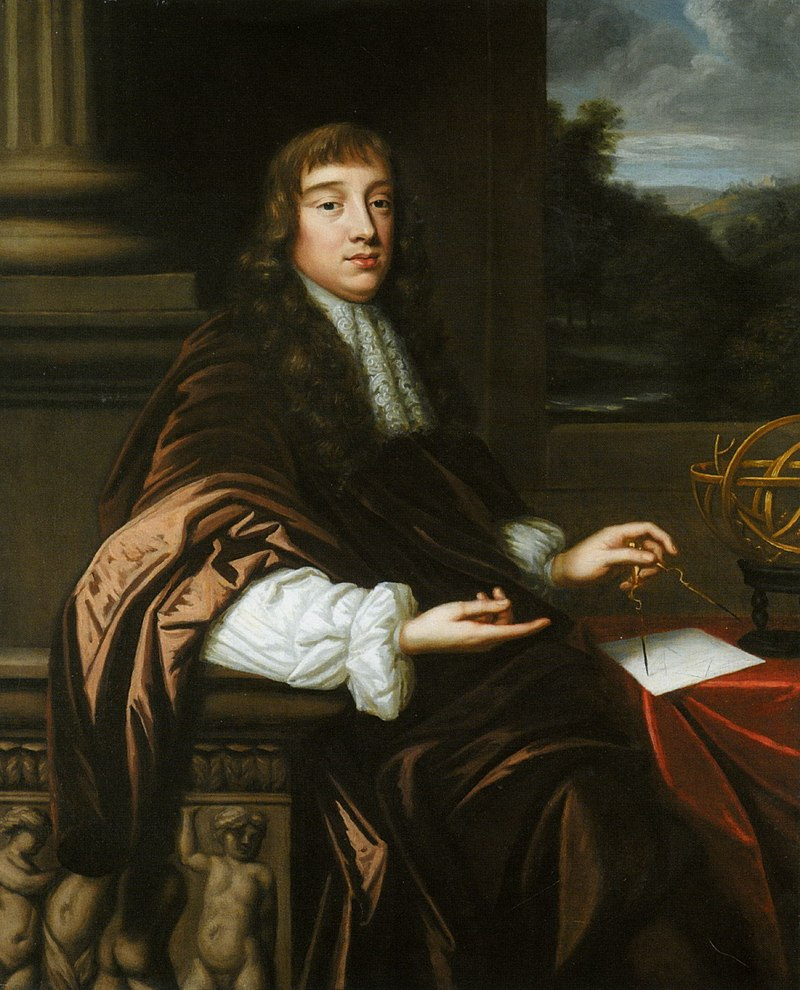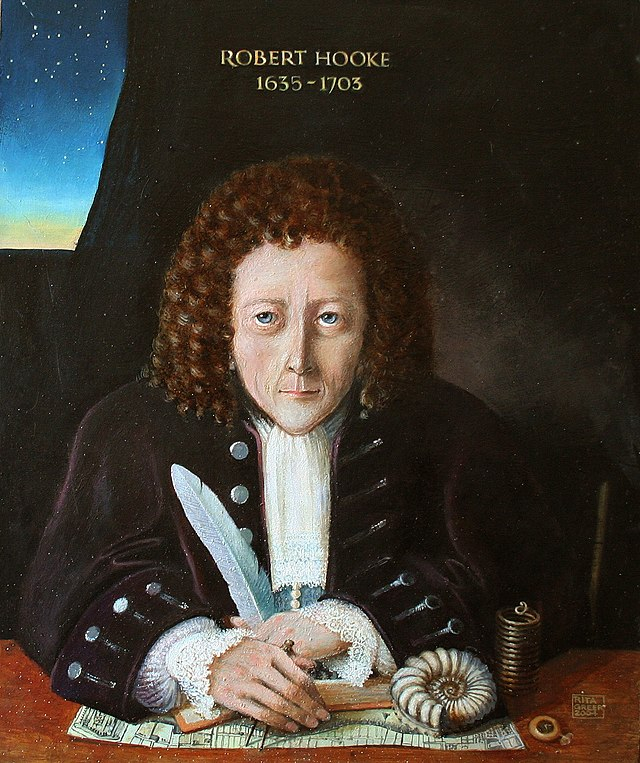Robert Hooke's portrait does not exist
Robert Hooke spent most of his adult life in his native Isle of Wight, Oxford, and London. He never got married, but he did have a love connection with his housekeeper and longtime live-in companion Grace Hooke, his niece. He was friends with Robert Boyle, Sir Christopher Wren one of the most renowned builders in history, and John Aubrey an English naturalist and writer. On March 3, 1703, he passed away in London at the age of 67. In his room at Gresham College, a box containing gold and cash worth 8,000 British Pounds was discovered. He had discussed giving the Royal Society a gift that would have funded a lab and library in his honor before he passed away.
Robert Hooke left his remaining cash and gold to his cousin Elizabeth Stephens because there was no such will to be located. Although his bones were interred in St. Helen's Bishopsgate, the location of his burial is still a mystery. A few months after Hooke's passing, Newton was elected to lead the Royal Society, and preparations for a new headquarters were made. When they relocated, Hooke's portrait vanished and was never recovered. As president of the Royal Society, Isaac Newton neglected to save (or destroyed) his sole surviving portrait. Hooke's reputation suffered after his passing as a result of his disagreements with other scientists, but now he is regarded as one of the most significant scientists of his time.












